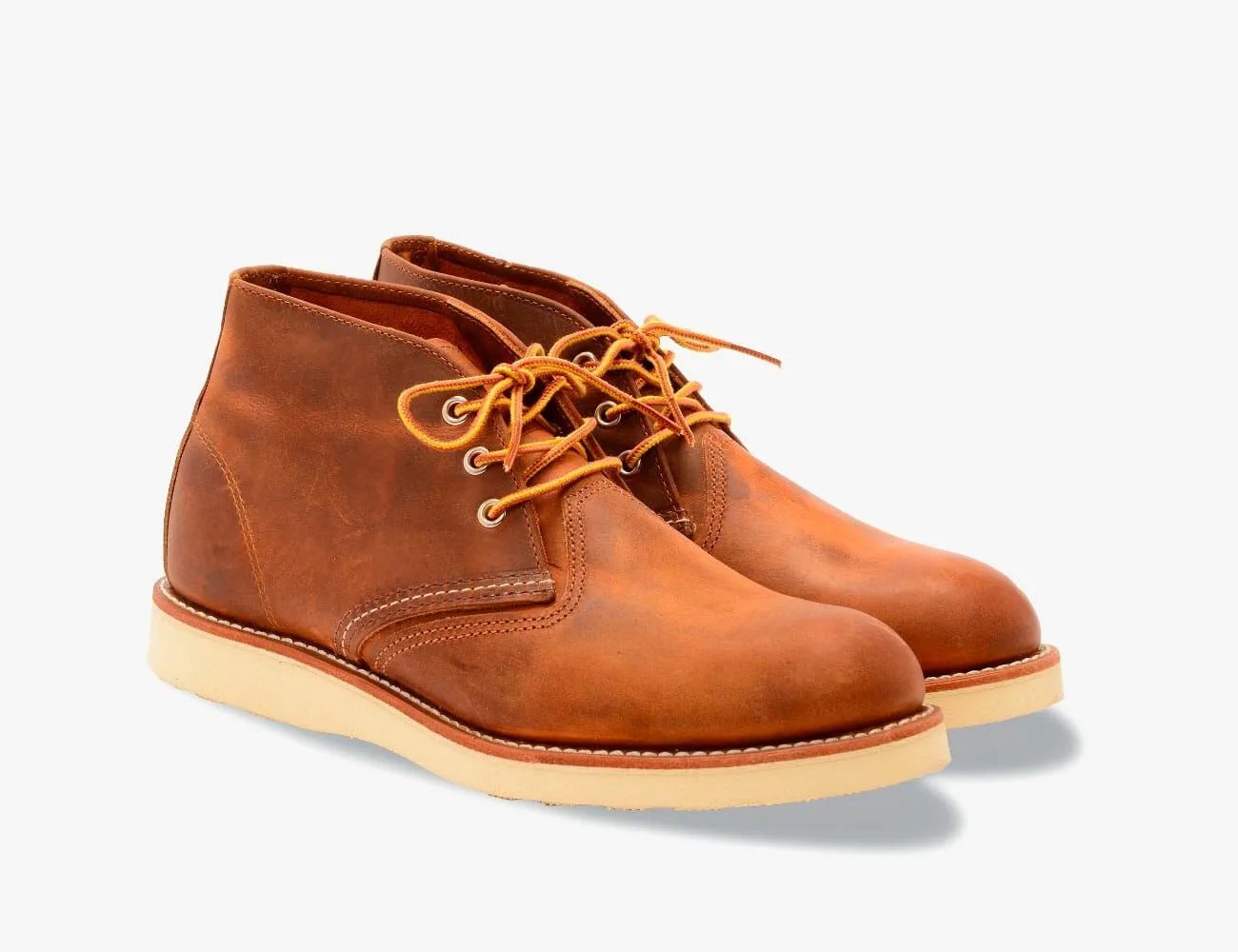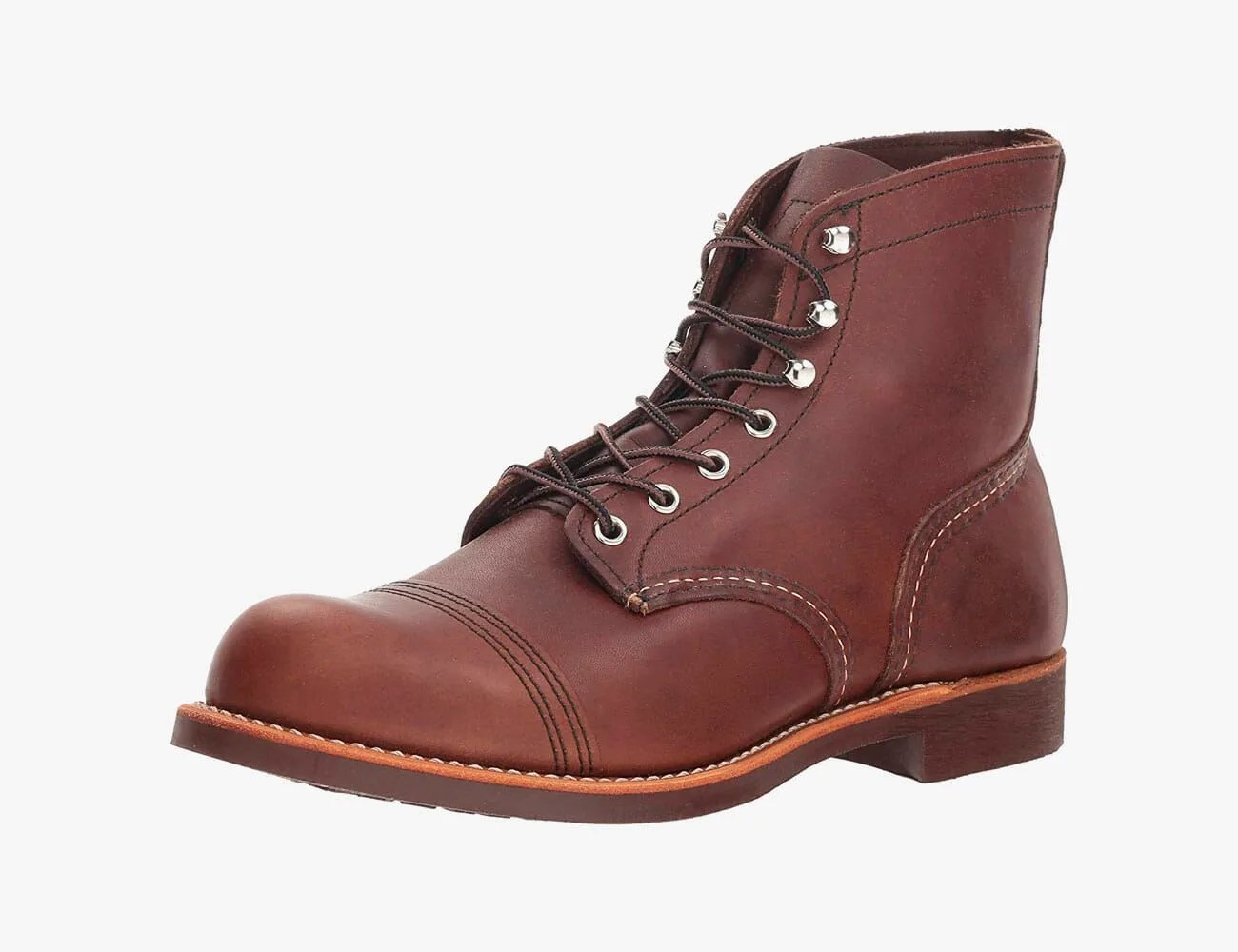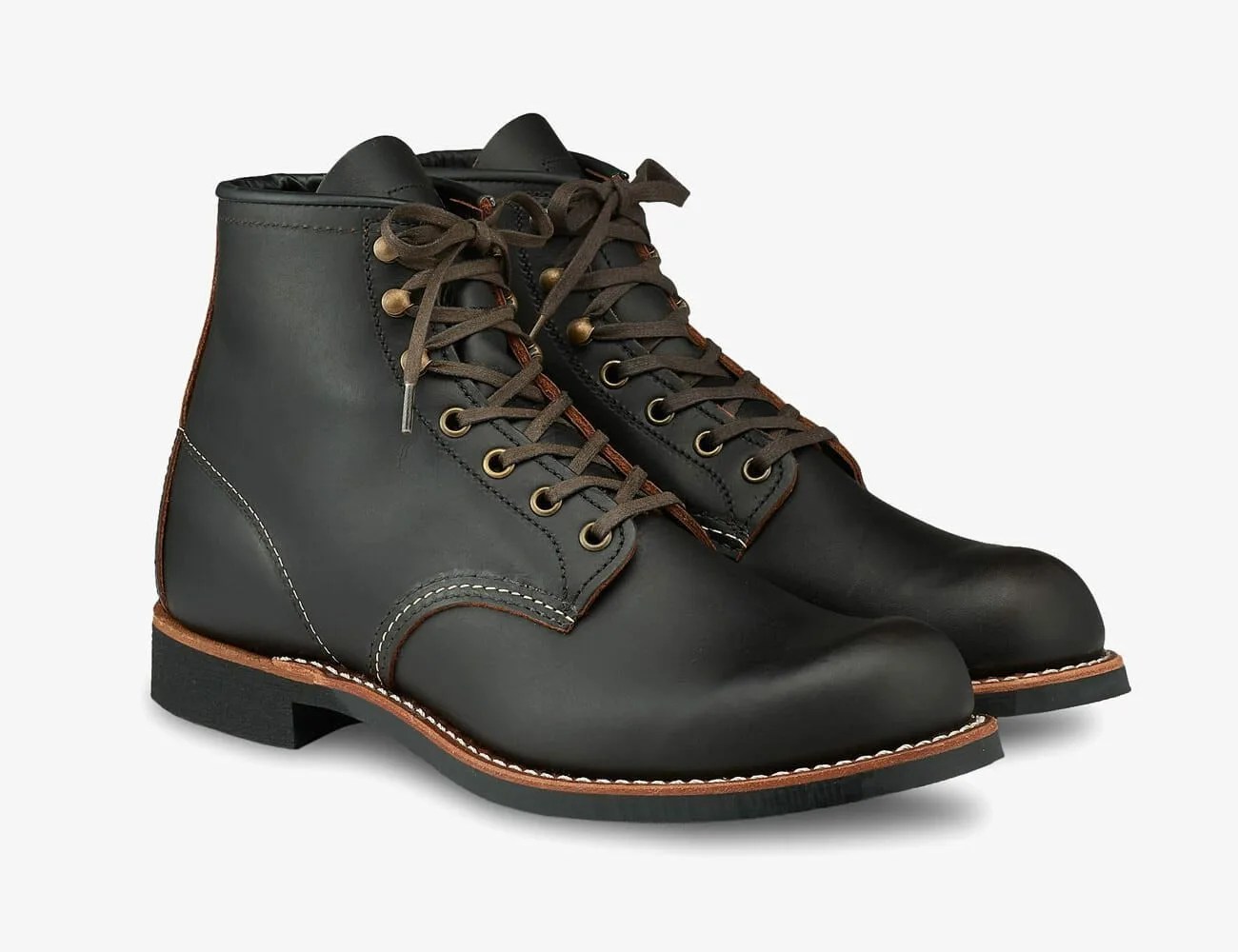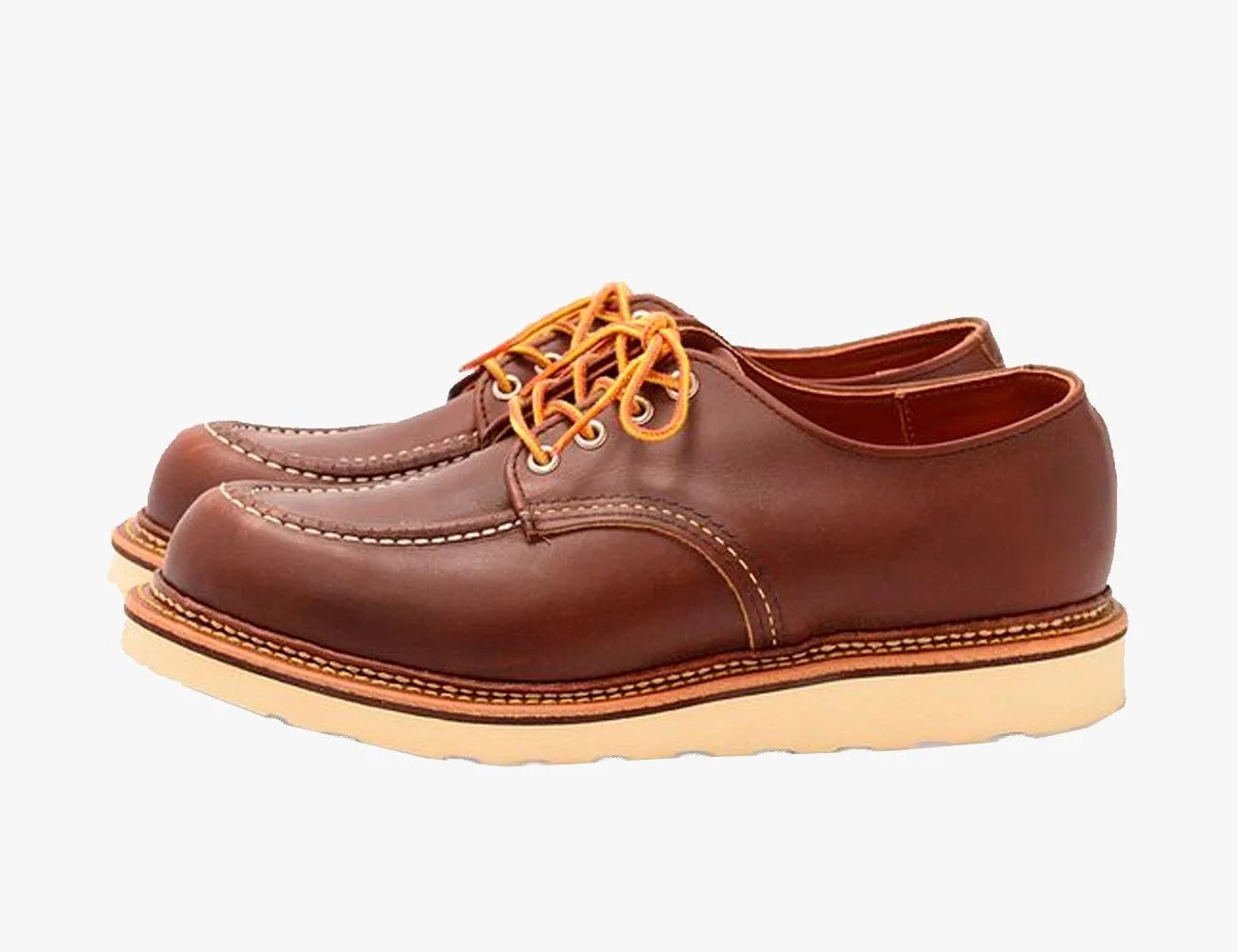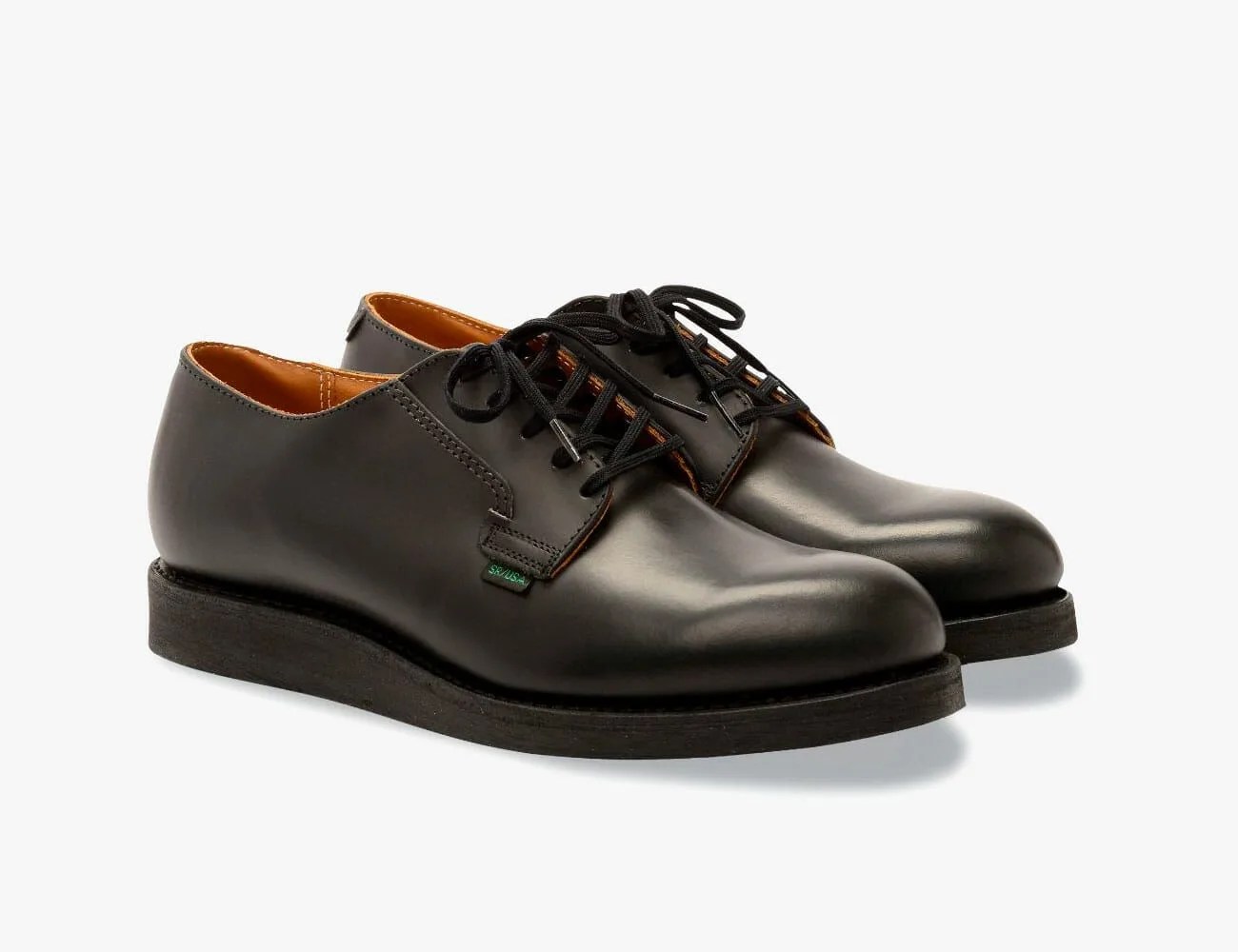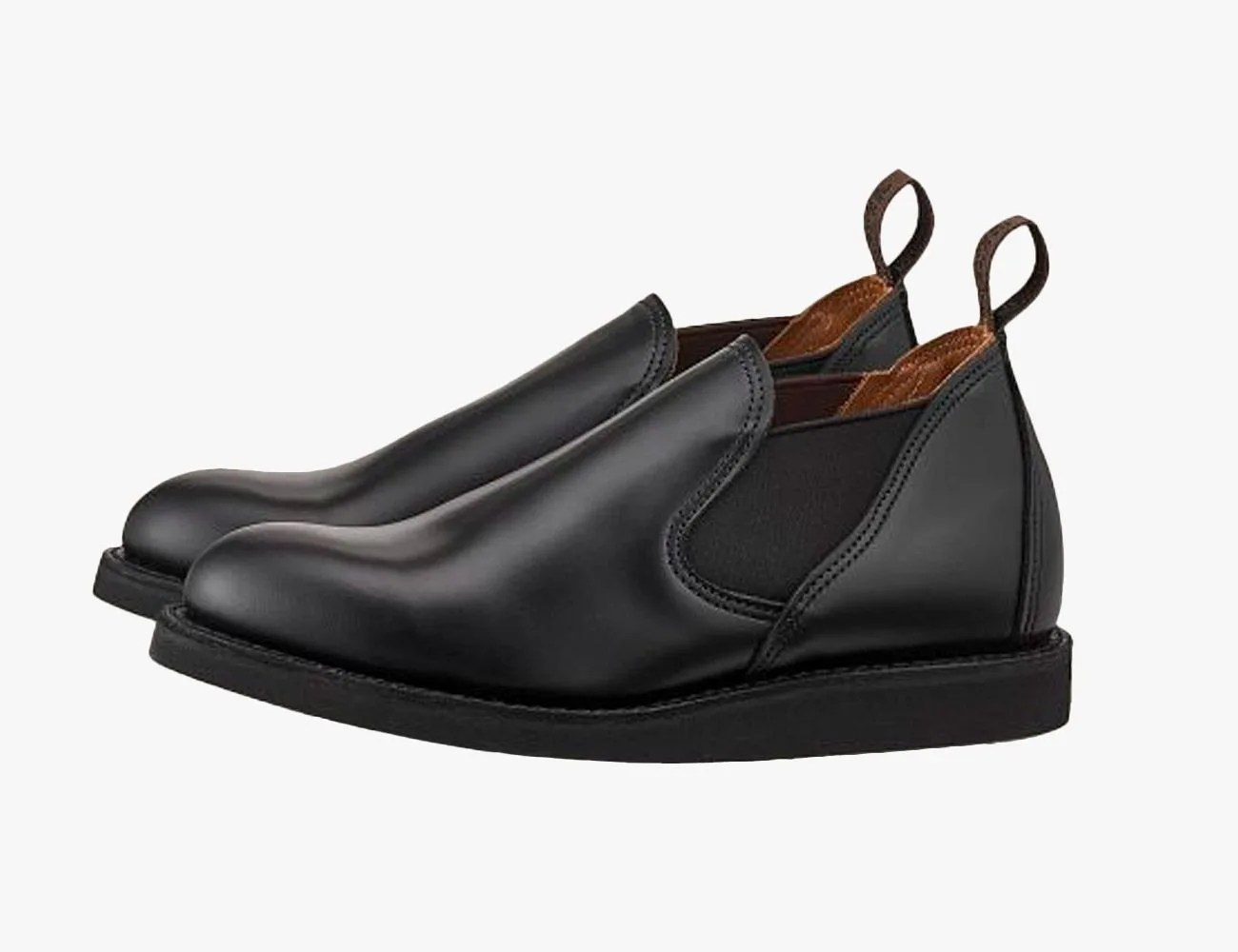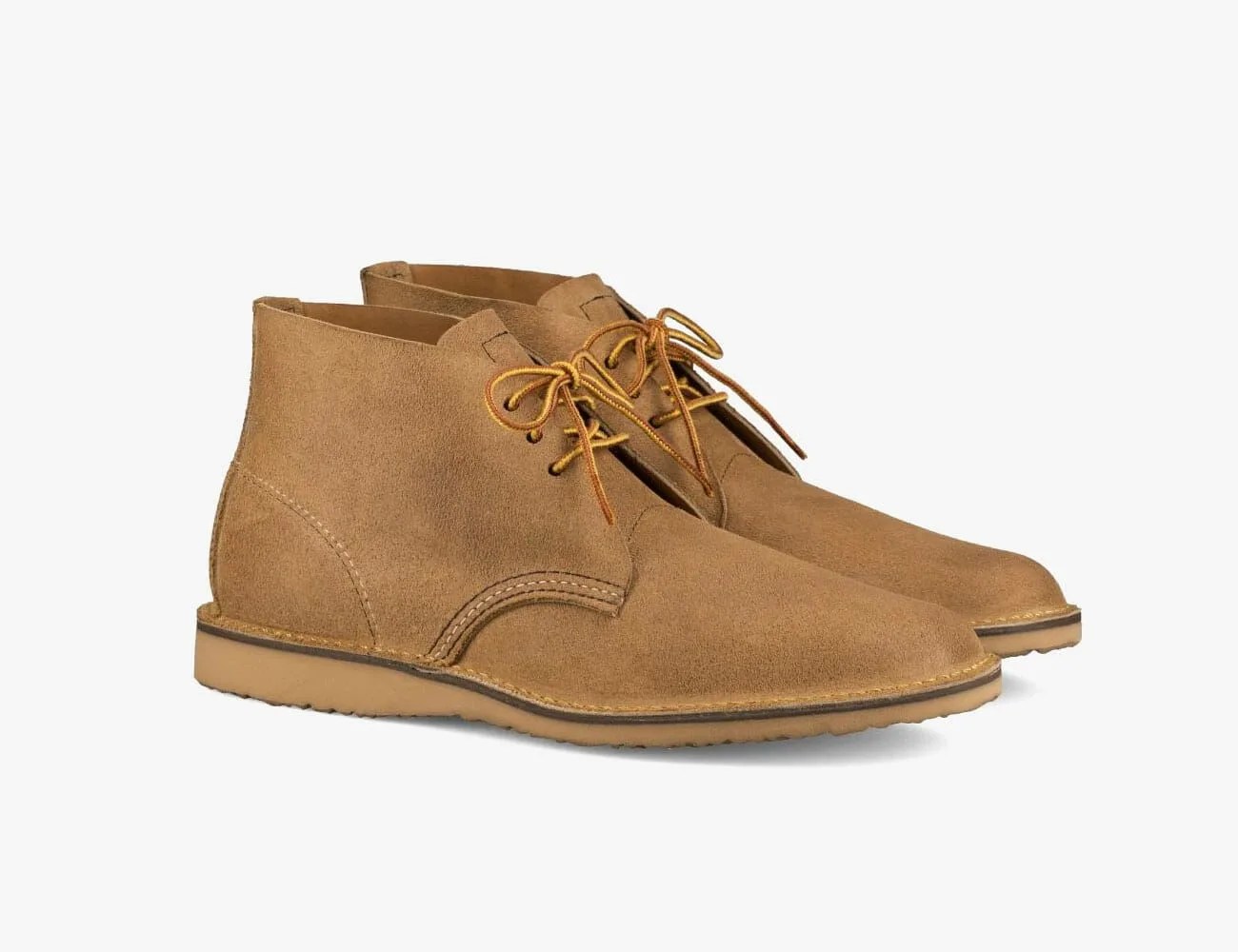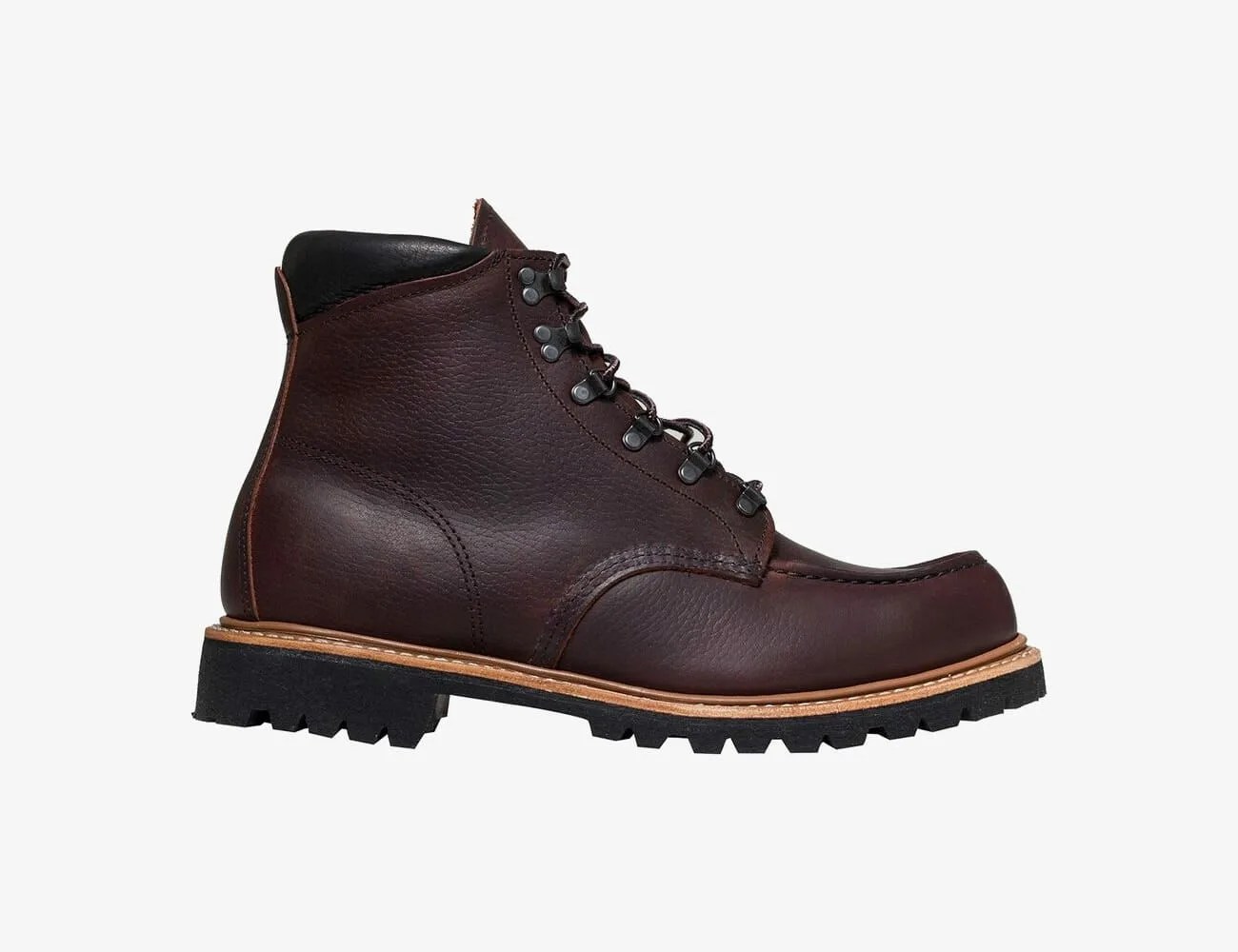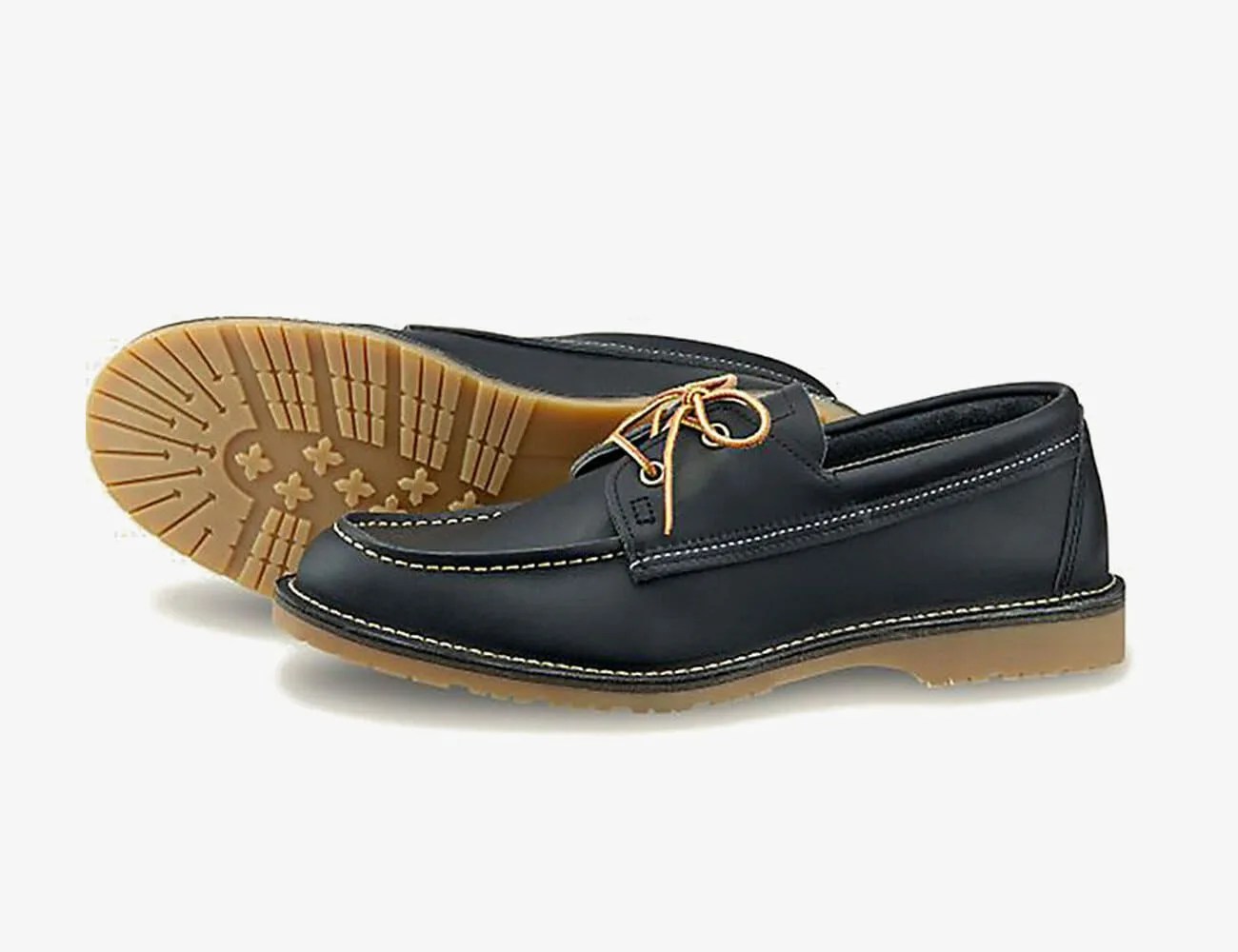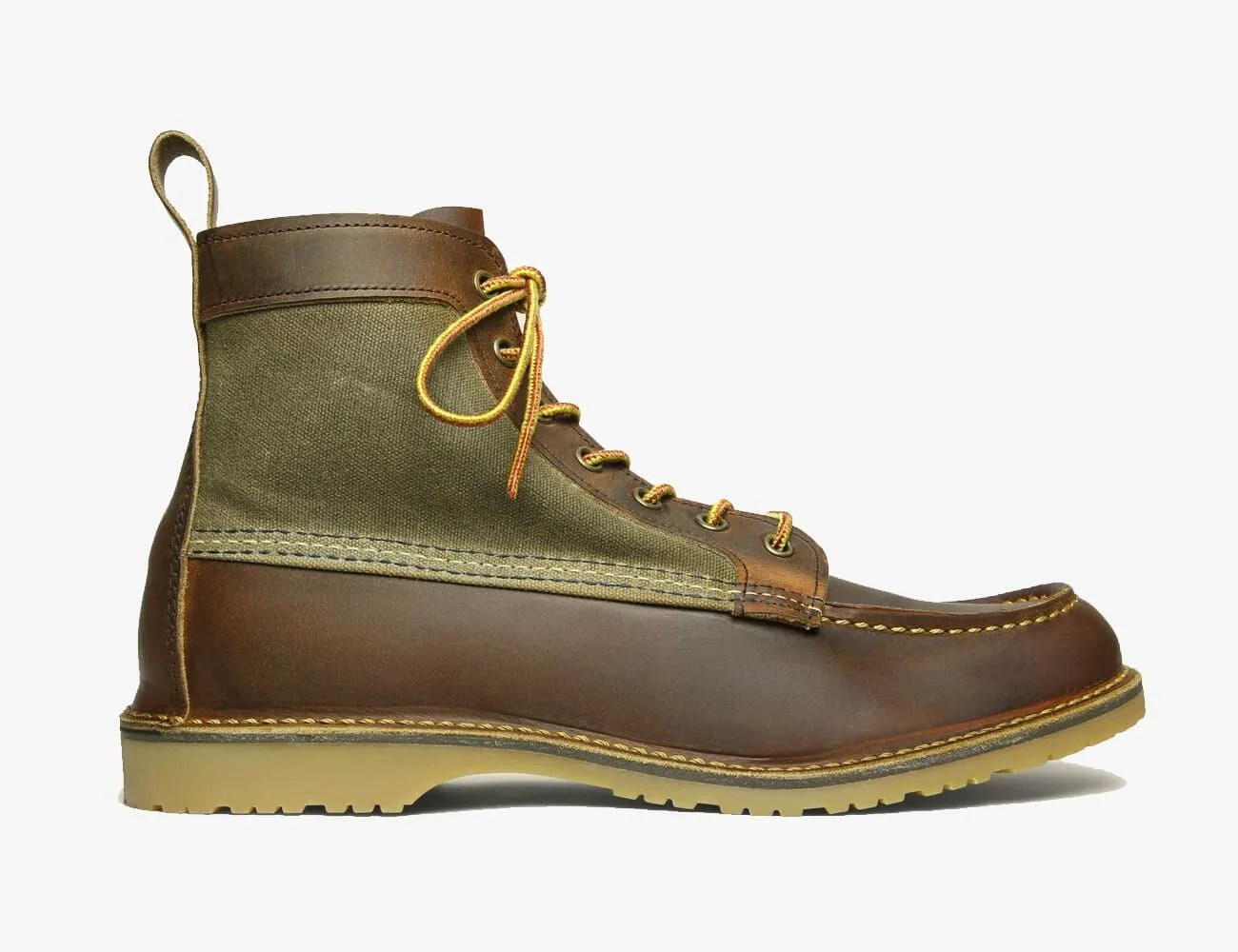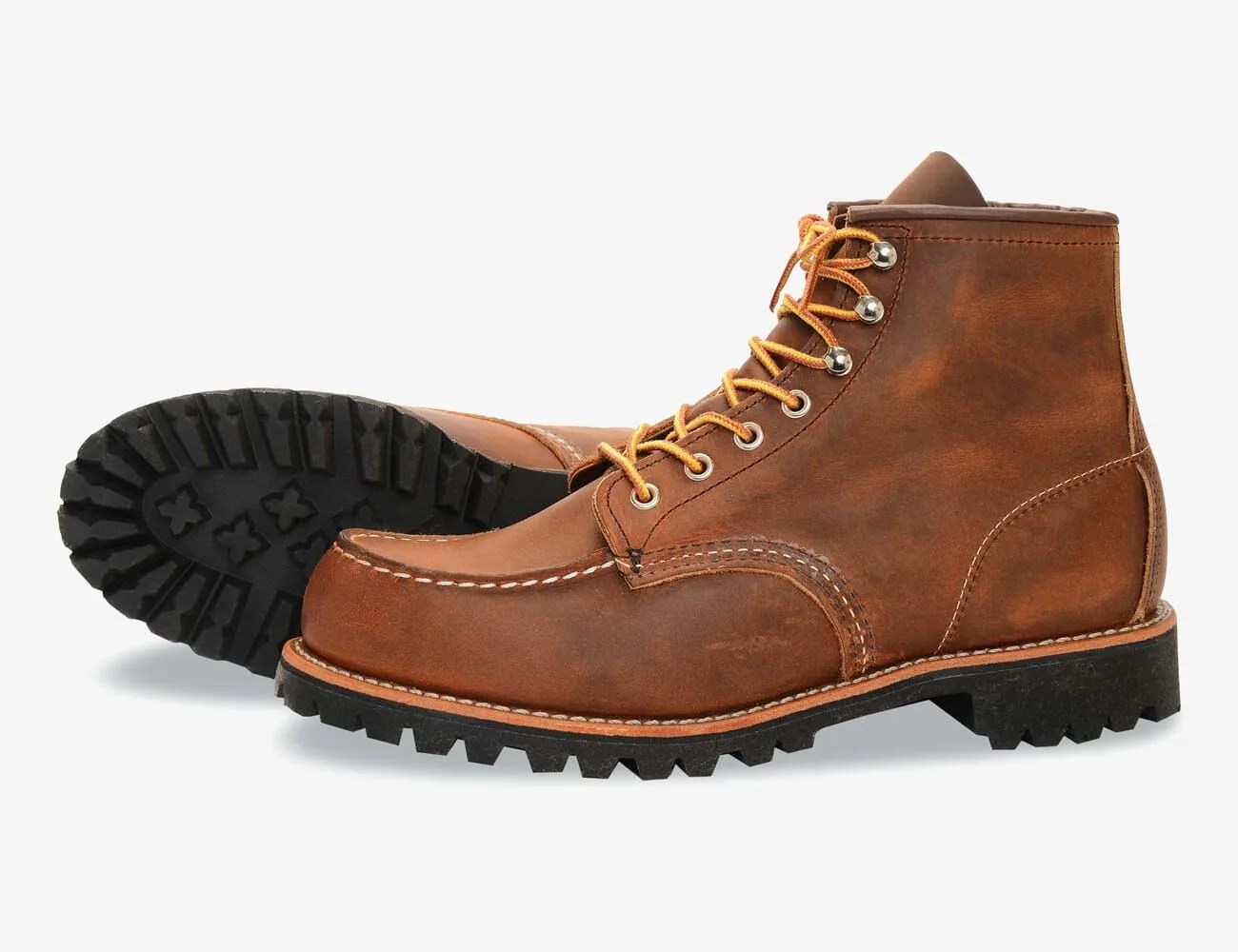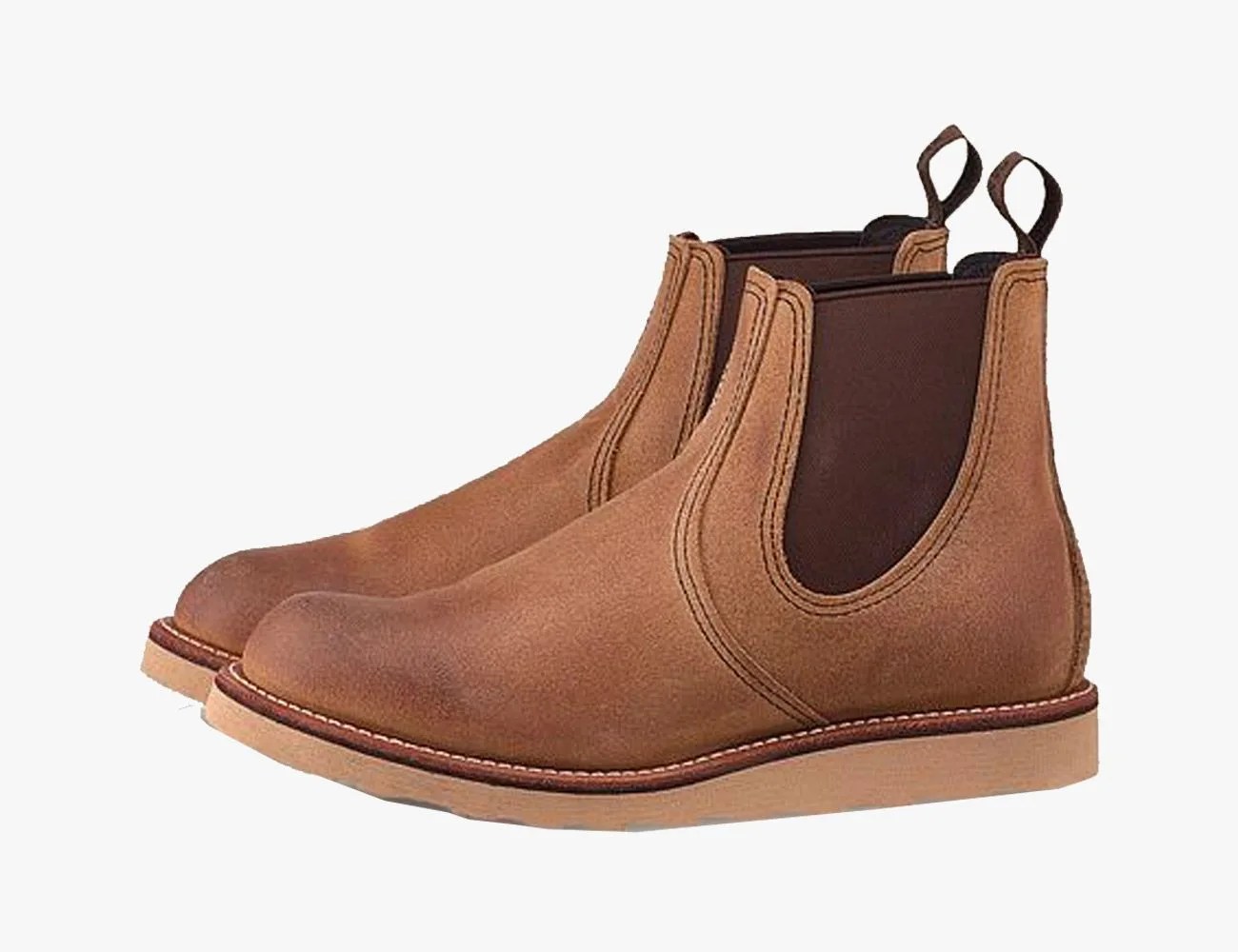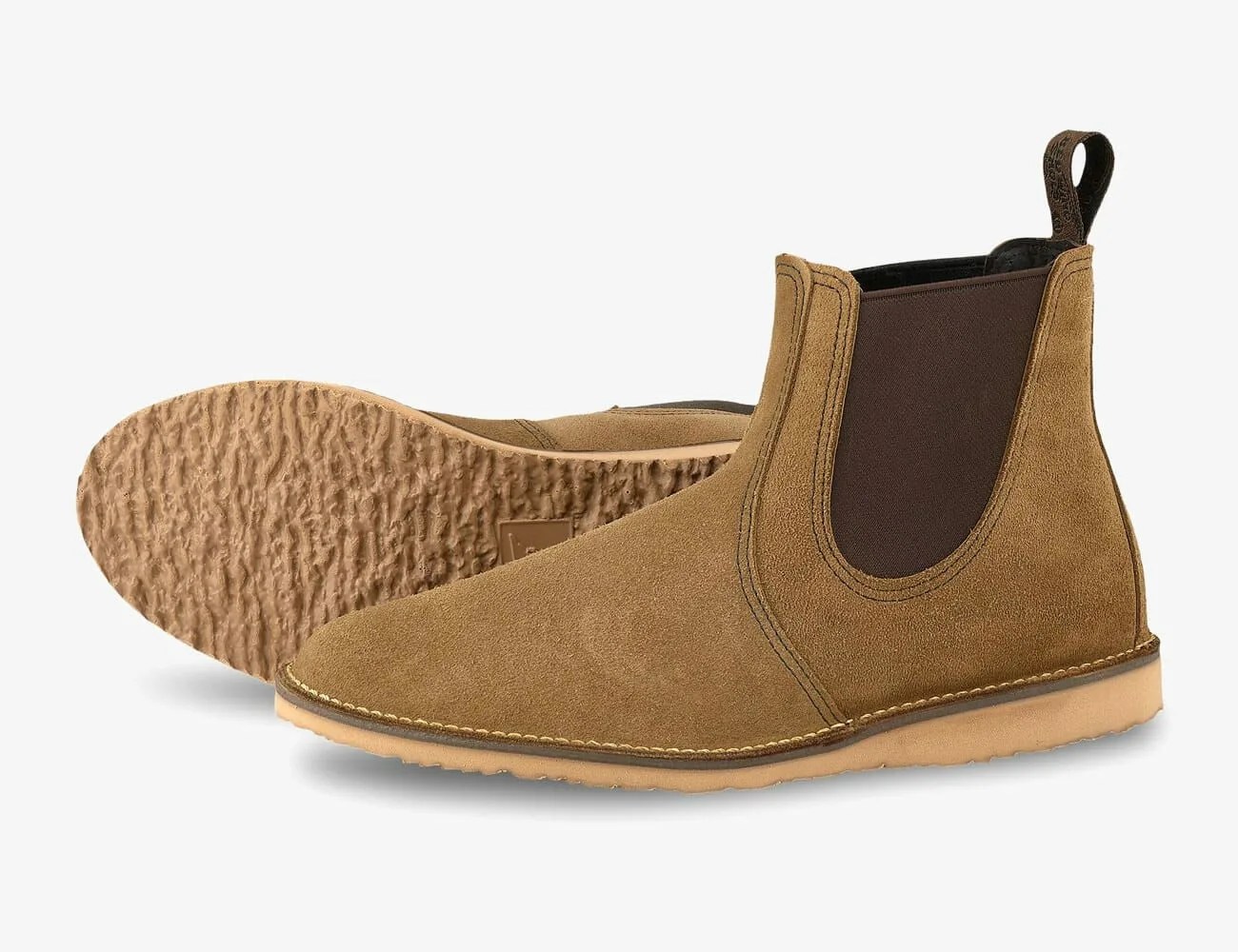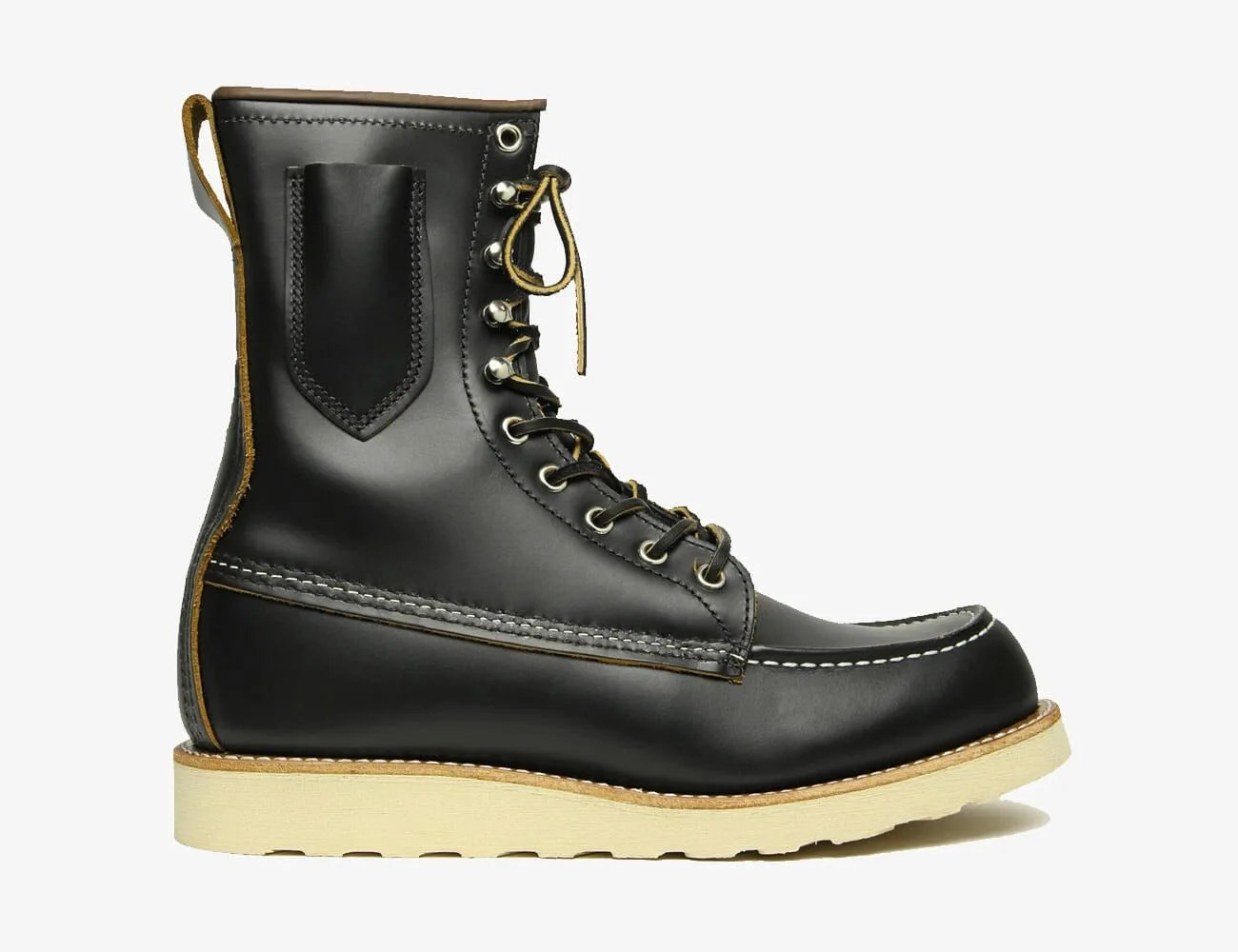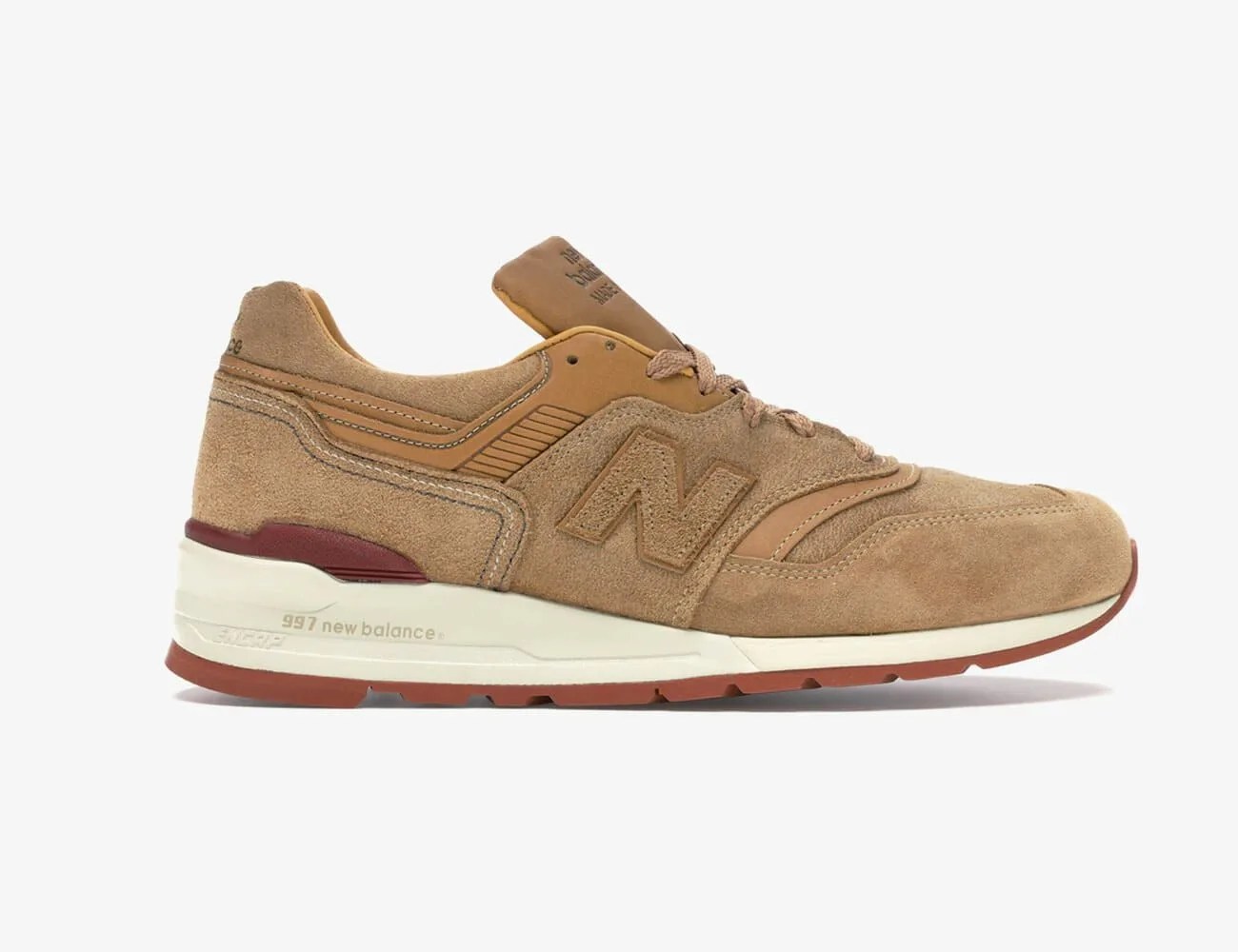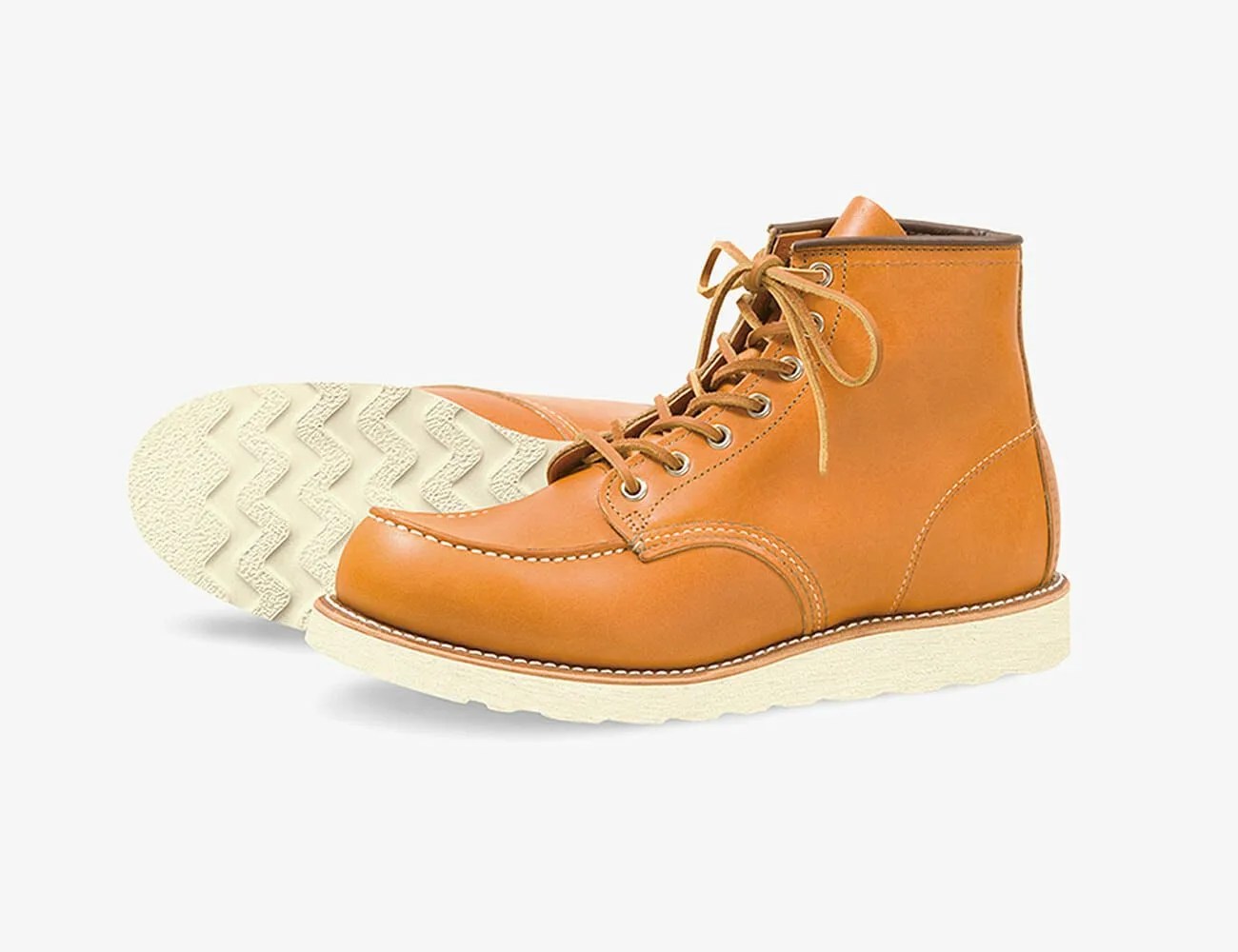Welcome to Brand Breakdown, a series of comprehensive yet easy-to-digest guides to your favorite companies, with insights and information you won’t find on the average About page.
Red Wing Shoe Company is named after the small Minnesota town where it manufactures a range of rugged boots and shoes. Founded in 1905 by Charles Beckman — and still privately held and family-operated today — the brand grew quickly, supplying doughboys with boots designed for the muddy trenches of WWI. After the war, Red Wing became a household name across the country thanks to its safe and hearty boots made for factory workers, farmers and outdoorsmen.
Sturdy, classic and well-loved by generations, the boots and shoes are still handmade in Red Wing’s Minnesota plant. While mainline Red Wing continues to supply construction workers and outdoorsmen, Red Wing Heritage, introduced in 2008, revives styles from the brand’s archive. Based on classic models, the styles prioritize work-ready function. “The foundation is built upon making quality footwear for people to wear on the job,” says Steve Spencer, Managing Director of Red Wing Heritage.
The brand’s boots are the gold standard for men’s footwear and are stocked at men’s clothing shops the world over. Made to the same exacting standards as their work boots, Red Wing Heritage styles have a wide appeal and are just as appropriate on the ranch or factory floor as they are in the office or at home. This guide will help you navigate classic styles from the Red Wing Heritage catalog, but before you dive in, take a minute to familiarize yourself with important boot terminology.
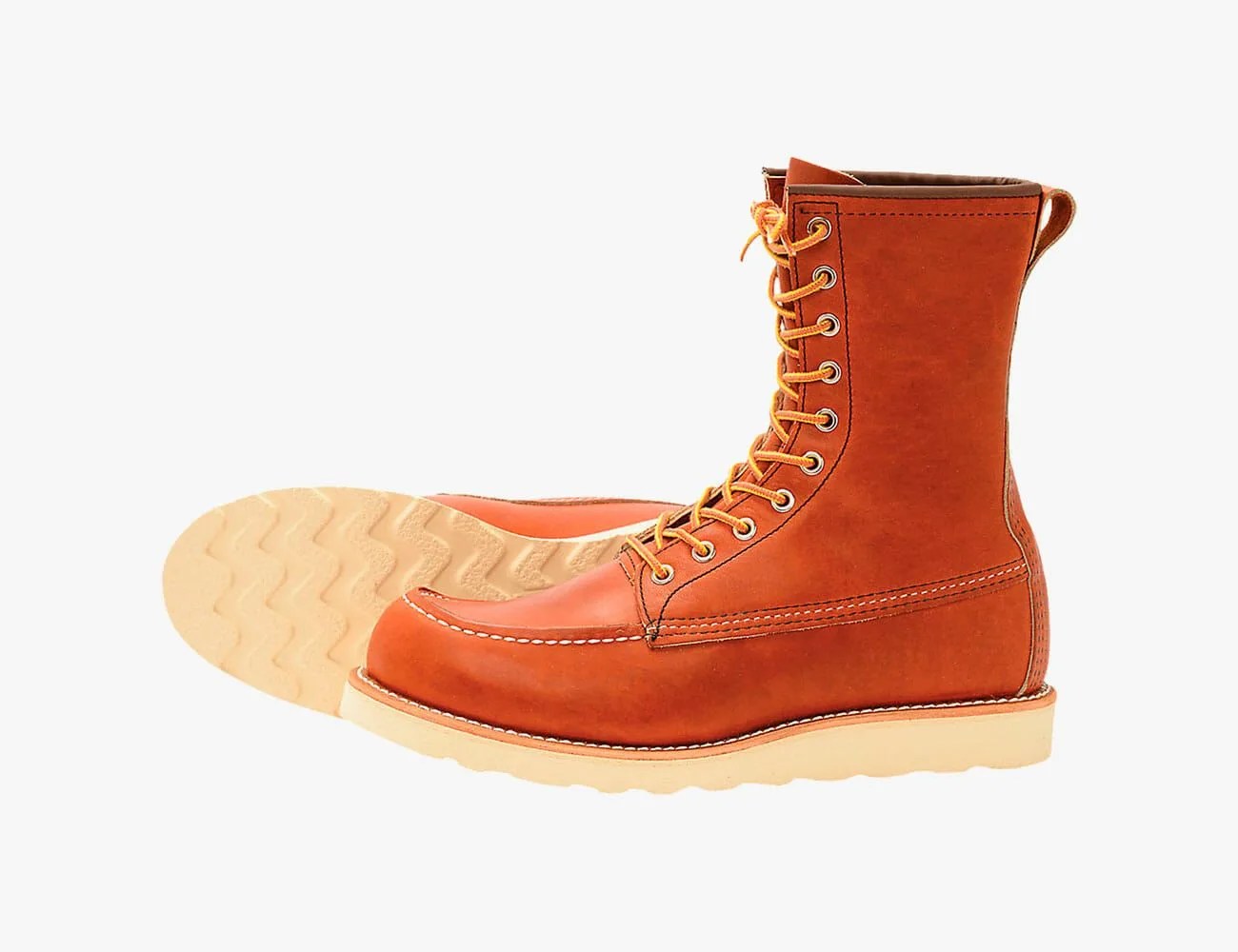 Stag Provisions
Stag ProvisionsStyle Number 877
8-Inch Classic Moc
Introduced in 1953, this is the iconic Red Wing style. Designed with a white wedge sole and moc toe, the tall eight-inch boot was designed for hunters and sportsmen, but also found a devoted following on the work site.
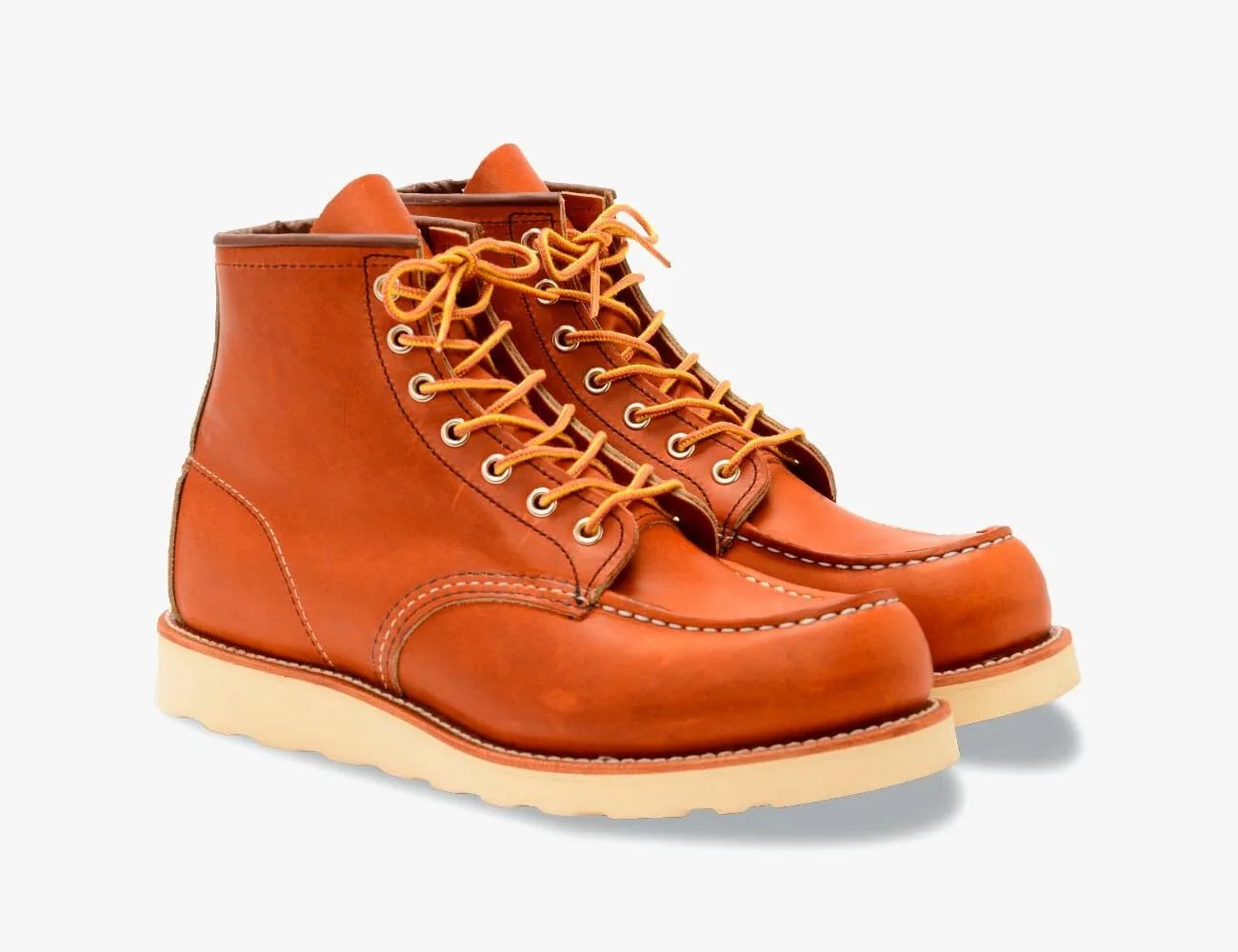 Red Wing
Red WingStyle Number 875

